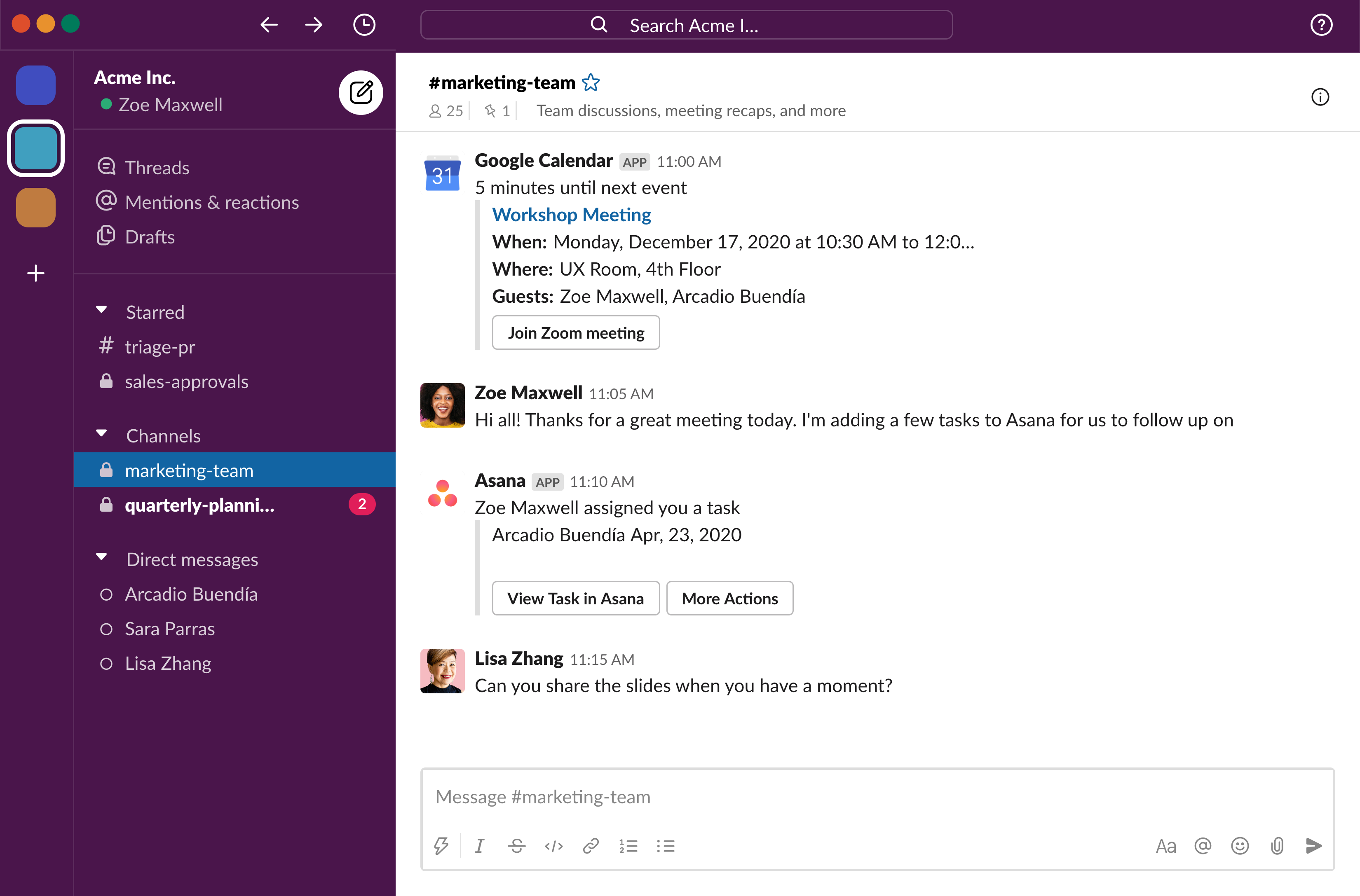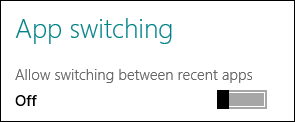
On the Start screen, find the Desktop icon and tap it to switch. If you end up spending most of your time using Desktop apps, you’ll want to take some steps to remain in Desktop mode as you work and even bypass the Start screen, starting up directly into Desktop. So once you’ve set up your computer, spend some time using both types of apps. You can split the window to see two apps side by side, but you can’t tile four or five apps the way you can in Desktop.īoth Desktop and Windows Store apps can be launched from the Start screen.

Also, in Desktop mode each program operates in a distinct window that can be moved around, resized and minimized (again, like Windows 7). The biggest difference between Desktop apps and Windows Store apps is that the latter tend to be more touch-friendly, while Desktop apps have smaller menus and icons, so it’s more comfortable to use a mouse.

With Windows 8.1, you can skip seeing the Start screen altogether.

If you prefer this mode to Metro, it’s possible to work only or mainly in the Desktop. If you install programs you used on previous versions of Windows ( XP, Vista or 7), they will open in the Desktop environment. Follow 8 has two environments: the full screen, touch-centric Windows Store App interface (also called Metro) and the Desktop interface, which looks and acts like Windows 7.


 0 kommentar(er)
0 kommentar(er)
